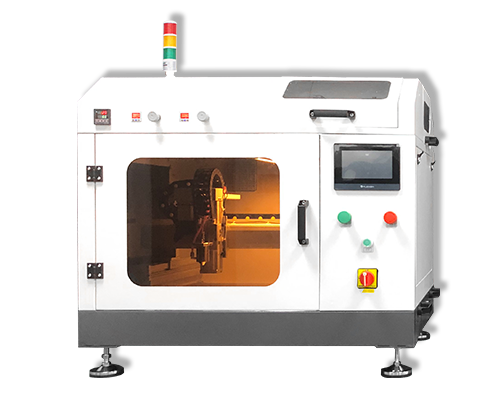What is the significance of the high-power metal bipolar plate structure?
The bipolar plate is one of the key structural and functional components of the proton exchange membrane fuel cell stack. The conductive link between adjacent single cells is realized through the series structure, and the fuel, oxidant, coolant and reaction products are distributed within a specific flow. and transmission. Bipolar plates account for a large proportion in the volume, weight and cost of fuel cells. Fuel cells for passenger cars need to be small in size, high in power density, and can meet the severe conditions of frequent changes in load, temperature and humidity. Therefore, generally The metal bipolar plate water-cooled stack structure with thinner thickness and higher strength is adopted. Commercial vehicles and fuel cells for stationary applications require longer working life and are not sensitive to stack weight, size, and mechanical and thermal properties, so graphite bipolar plate stack structures with better corrosion resistance are generally used. Fuel cells for portable applications are only sensitive to volume and size, so they generally adopt a self-priming integrated bipolar plate and stack structure.
The surface of the bipolar plate has a flow field for the distribution and transmission of fuel, oxidant, coolant and reaction products, so it is also called a flow field plate; the function of separating adjacent single cells is called a separator. The single fuel cell cells form the entire stack in series through the stacking of adjacent bipolar plates. In the whole stack structure, except for the slightly different structure of the polar plates at both ends, the internal bipolar plates and single cells are all repeating structures.

In an actual fuel cell, the plates usually include a cathode plate, an anode plate, a cooling plate (which can be integrated with the cathode plate or the anode plate), and end plates. The anode and cathode plates are in direct contact with the gas diffusion layers on the anode and cathode sides of the membrane electrodes. When the stack is assembled, the electrode plate and the gas diffusion layer form a closed flow field. The reactants flow from the inlet at one end of the electrode plate through the flow channel or flow field to the outlet at the other end of the electrode plate under a certain pressure, and each port is sealed to prevent fluid leakage. Through this process, the reactants diffuse uniformly into the gas diffusion layer and supply gas to each electrode, ensuring the core electrochemical reaction to generate electric current.
Usually, two anode plates and cathode plates of adjacent single cells are bonded and live welded to form a single pole plate, which becomes a bipolar plate. The coolant is passed through a separate cooling plate or a plate integrated with the anode and the cathode. The integration of cooling runners can reduce size and cost, and is generally machined on the inner surfaces of the cathode and anode plates. The main components of the coolant are ethylene glycol, deionized water, etc. Since fuel cells generate large amounts of heat and water when they react, coolants play an important role in hydrothermal management.
The plates at both ends of the battery are called end plates, which are the ports for electrical connections and fluid input and output connections to other batteries or systems.
The flow field is the basic structure of the bipolar plate and the channel for fluid to flow in the bipolar plate. Its structure and form play an important role in the transmission and distribution of the fluid. The general flow field design should ensure that a stable and uniform fluid flow is generated and maintained in the flow field, so that the reactants can be fully diffused and reasonably distributed to the electrodes. The heat and water generated by the electrochemical reactions on the electrodes can be quickly removed to maintain the required temperature and humidity.

Ultrasonic spray fuel cell catalyst coating system can produce highly uniform, repeatable and durable coatings. Our ultrasonic spraying can well control coating properties, significantly reduce material usage, and reduce maintenance and downtime.
Our company’s ultrasonic spraying equipment can be sprayed on a variety of different metal alloys, including the preparation of platinum, nickel, iridium and ruthenium-based fuel cell catalyst coatings, as well as PEMs, GDLs, DMFCs (direct methanol fuel cells) and SOFCs (solid Oxide fuel cell) manufacturing. The battery manufactured by this technology has the characteristics of high battery load and high battery efficiency.
The optional ultrasonic dispersion system can uniformly disperse the catalyst solution without blocking the ultrasonic nozzle, thereby providing a uniform and homogeneous fuel cell catalyst coating, and has a controlled droplet size from ultra-low flow to production-scale flow.

